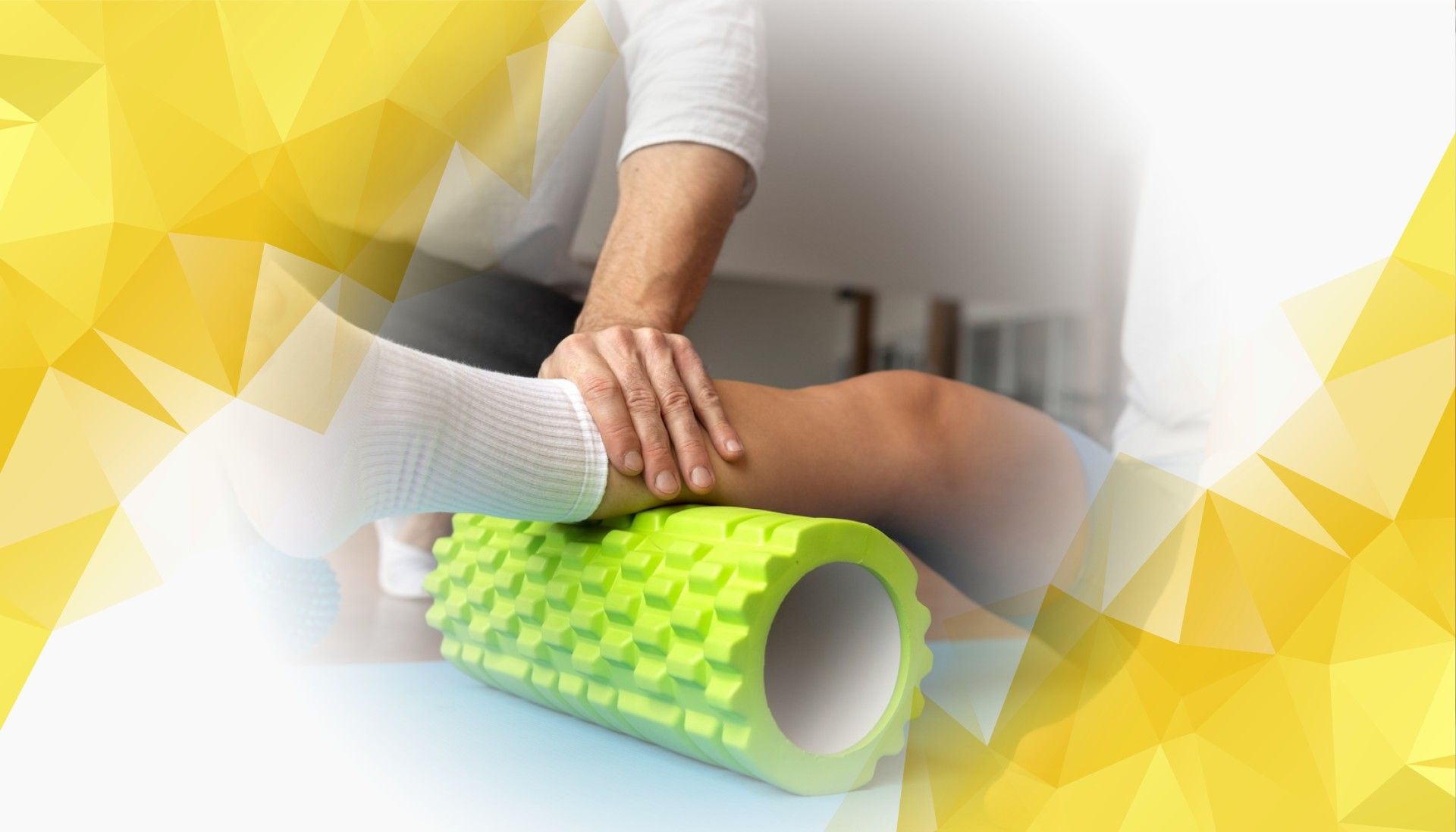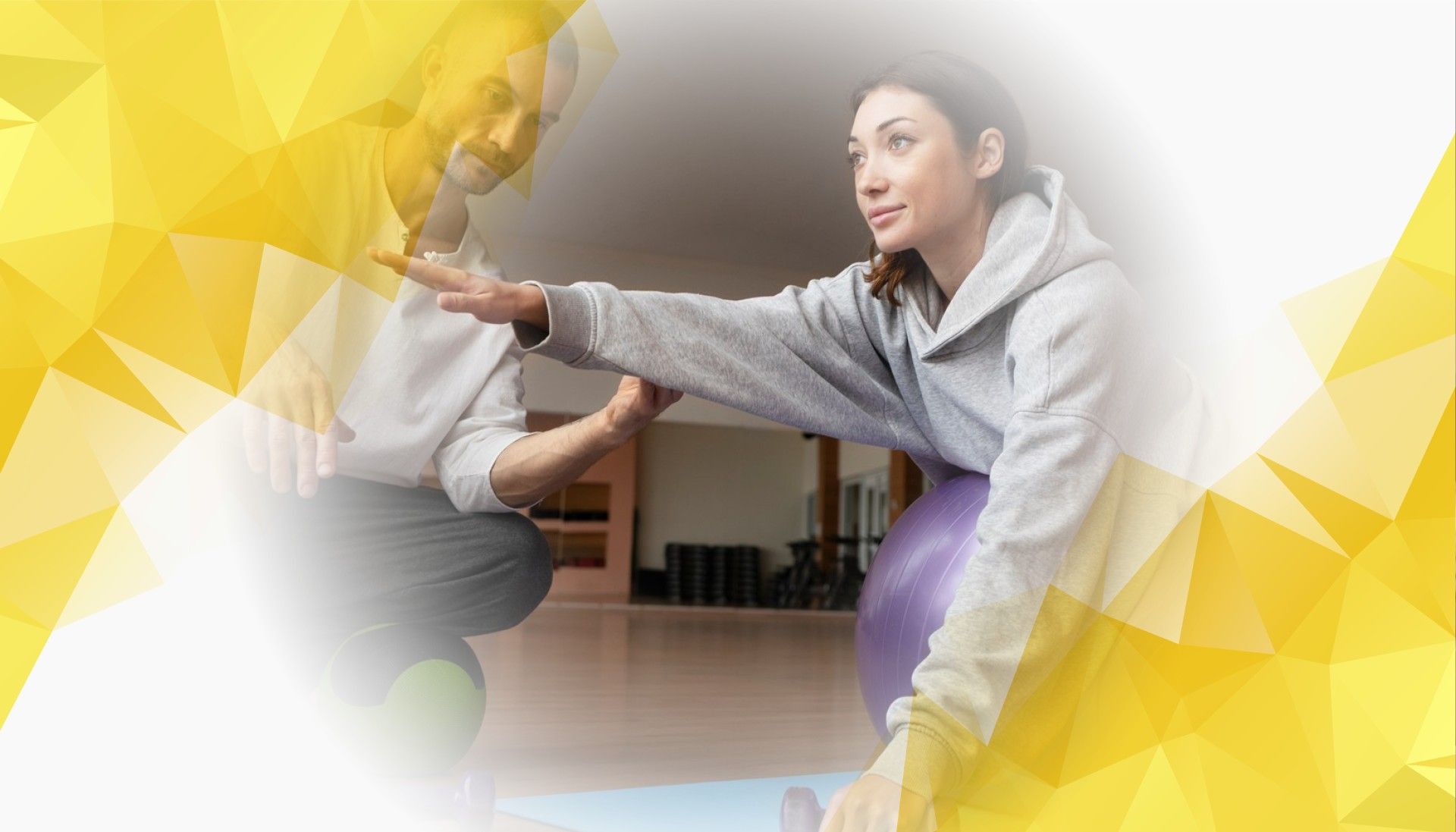Tag: markerless motion capture
-

Revolutionising Osteoarthritis Assessment: How MAI Motion’s Markerless Technology Makes Mobility Testing Easier and More Accessible
Osteoarthritis is one of the most common joint conditions worldwide, causing pain, stiffness, and limited mobility for millions of people. It can turn simple daily tasks into real challenges and places a heavy load on healthcare providers tasked with diagnosing …
-

Streamlined Clinical Trials: How MAI Motion Boosts Efficiency by Easing Participant Burden
Clinical trials are essential for discovering new treatments and improving patient care. However, they can also place significant demands on participants. Repeated, time-consuming physical tests often leave people feeling fatigued or overwhelmed, which may impact their willingness to continue as …
-

Transitioning to Standing: The Sit-to-Stand Test Explained – MAI Motion
Introduction Standing up from a chair is so routine that we rarely think about it—yet it’s a fundamental movement that provides important insights into our mobility and musculoskeletal health . The sit-to-stand (STS) test is widely used by clinicians and …
-

Harnessing MAI Motion for Customised Healthcare: Enhancing Precision and Personalisation in Medical Treatments
Introduction: Meeting the Growing Demand for Customised Healthcare Healthcare is rapidly shifting toward treatments tailored to the unique needs of each patient. Both patients and providers want therapies that are not only more effective but also reduce discomfort and streamline …
-

Streamlining Preventive Healthcare with Efficient Biomechanical Assessment: The MAI Motion Advantage
Introduction: The Rising Value of Preventive Healthcare In today’s fast-evolving healthcare landscape, preventive care has never been more important. By identifying potential health issues early and taking action before they become serious, preventive care relieves strain on healthcare systems and …
-

Precision Detection: How MAI Motion Unveils Early Biomarkers of Movement Disorders
Introduction Early detection of movement disorders can make a huge difference in how patients manage their condition and respond to treatment. Thanks to rapid advances in technology, new tools are making this early diagnosis easier, faster, and far less invasive …
